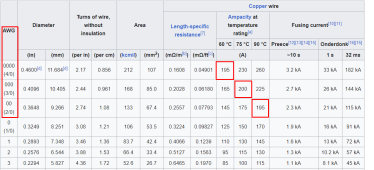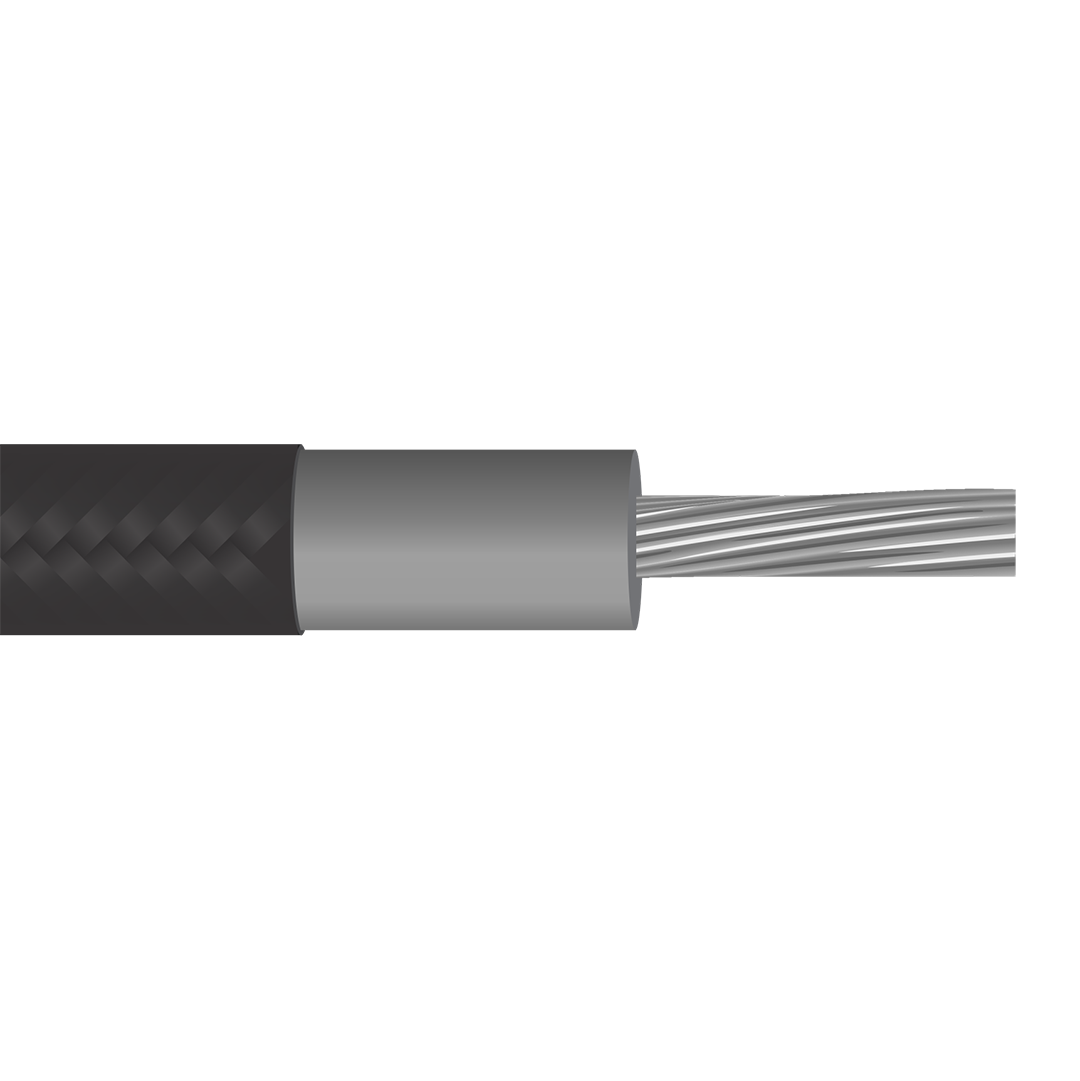BILL12831
New Member
Hello all, I'm new and I want to build a basic solar setup for a shed or just backup power in house. I purchased two 12v 100ah Powerqueen batteries, a 2000 watt 12v BougeRV inverter and a 40amp MPPT Bouge RV solar controllar,, I have 2-100watt panels.
I bought a 200amp breaker for the inverter and a 50amp breaker for the solar controller.. I need help with the wire gauges between the rest and I don't understand it all.. Powerqueen shows in the manual to parallel connect to use 6awg wire,, that seems small isn't it? I have seen on ampacity charts people show on youtube that 6awg is not enough for a a 200ah battery setup? Am I wrong in thinking this -- Do I need 2 gauge wire to connect the batteries?
I would appreciate any help in all the connections in between all the equipment I mentioned above in what gauge wires to use. I also may expand to 2 more panels and possibly a 3rd battery in parallel if all works well. If anyone could explain the gauge size and the why behind it. I see mixed builds on youtube with similar setups,, some using 6 awg wire for everything and some using 1/0 awg for batteries.. I'm confused.
I bought a 200amp breaker for the inverter and a 50amp breaker for the solar controller.. I need help with the wire gauges between the rest and I don't understand it all.. Powerqueen shows in the manual to parallel connect to use 6awg wire,, that seems small isn't it? I have seen on ampacity charts people show on youtube that 6awg is not enough for a a 200ah battery setup? Am I wrong in thinking this -- Do I need 2 gauge wire to connect the batteries?
I would appreciate any help in all the connections in between all the equipment I mentioned above in what gauge wires to use. I also may expand to 2 more panels and possibly a 3rd battery in parallel if all works well. If anyone could explain the gauge size and the why behind it. I see mixed builds on youtube with similar setups,, some using 6 awg wire for everything and some using 1/0 awg for batteries.. I'm confused.




